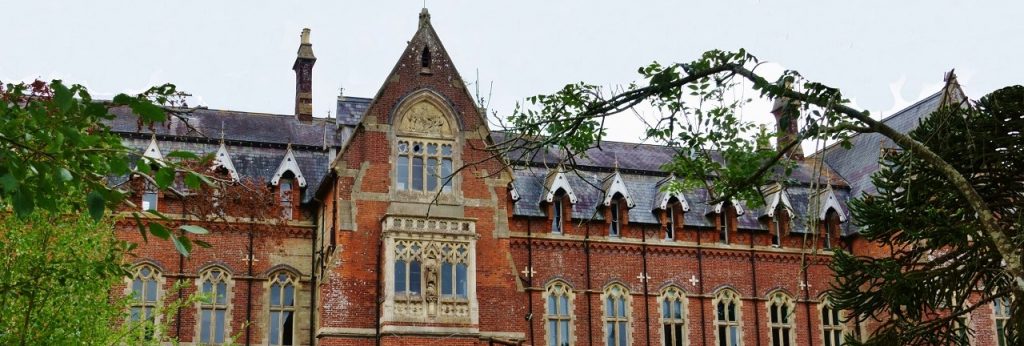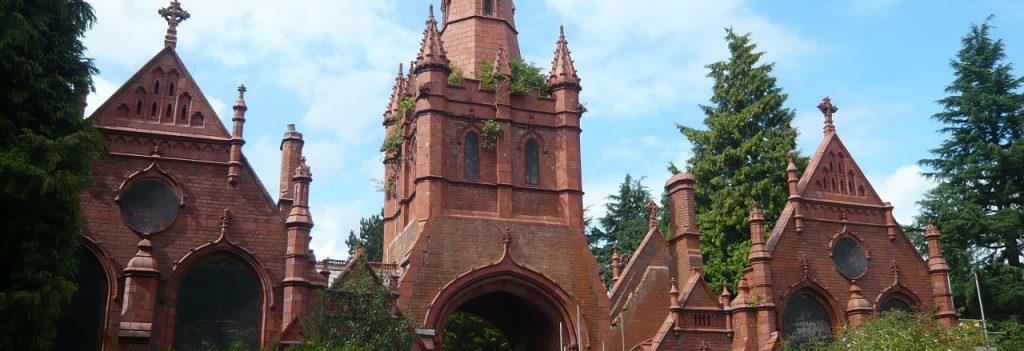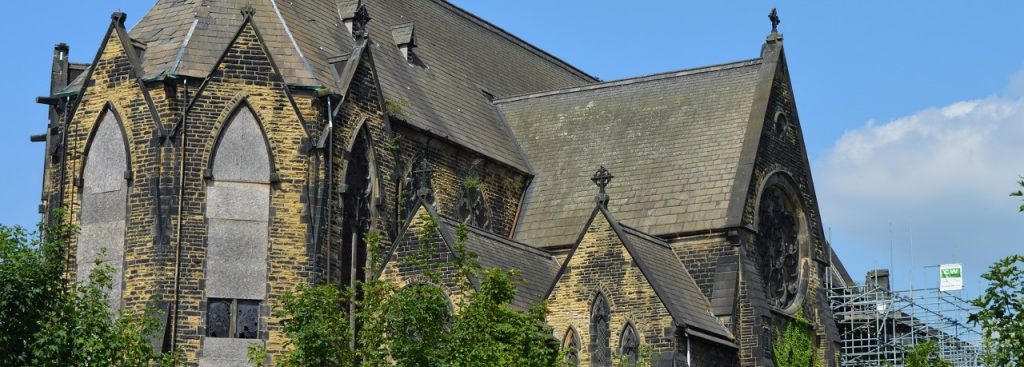The Victorian Society is known for championing the cause of Victorian and Edwardian buildings across England and Wales that are in need of restoration and conservation. With a formal role in the planning system, the charity’s Conservation Advisers assist local planning authorities in making decisions that involve the adaptation of Victorian and Edwardian buildings while preserving their historical qualities.
So, it comes as no surprise that they have listed their yearly top ten buildings, exposing the plight of these buildings. They also hope to engage the public in various campaigns with the aim of conserving these buildings and protecting the nation’s heritage.
Comedian Griff Rhys Jones, the Victorian Society’s president since December 2017, said: “Every single building is crying out for redevelopment. These are pieces of history from the Victorian era and its industrial, spiritual and cultural beliefs.”
The 2018 Top 10 endangered buildings (in no particular order) are:
The former Legat’s School of Ballet, near Rotherfield, East Sussex (Grade II listed building, 1865)

This old Ballet school in East Sussex is a Victorian mansion that was raided in 2006 under suspicion that it was being used as a terrorist training camp! Due to the speculation, the building became “shrouded in mystery as access is so difficult”. Now there is a campaign to save it from complete disrepair.
The Winter Gardens, Great Yarmouth (Grade II listed building, 1878-81)

The glass and iron Winter Gardens structures were built in Torquay and then moved by barge in 1904 to Great Yarmouth. These important buildings have previously been used as a German beer garden, ballroom and roller-skating rink.
Bromley-by-Bow gasholders in London (All Grade II, 1872)

There used to be eight of these gasholders but one was unfortunately destroyed in the bombing of World War II. Â The remaining gasholders are surrounded by industrial development and the collection is a “true symbol for the Industrial Revolution and historically of high significance”.
Merseyside Centre for the Deaf in Liverpool (Grade II, 1887)

This chapel was built as a centre for Merseyside’s deaf community and, for twenty years after its closure in 1986, it was run as a successful community centre for the Igbo community. However, rising costs forced them to leave in 2007 and the Victorian Society say that the once grand gothic structure is now desperately in need of repair.
Hartley’s Village, Aintree, Liverpool (group of three Grade II listed buildings, 1886-95)

The Hartley’s jam founder and philanthropist, Sir William Pickles Hartley, built a small village of 49 houses for his workers to live in on site. The main building was demolished in the early 1900s and, while some of the houses are still usable, the leftover factory buildings are almost derelict. The Victorian Society said that the village ‘deserves to be protected, restored and celebrated’ after the site was declared a Conservation Area in 2011.
Oldway Mansion, Paignton, Devon (Grade II listed private residence*, 1873)

This mansion was built as a private residence for the American inventor and sewing machine entrepreneur, Isaac Singer. In the early 20th century, his son remodelled the mansion in the style of the famous Palace of Versailles. Over the course of the years it has had many different functions, including being used as council offices between 1946 and 2007. Now, the Victoria Society would like it to remain a public place.
John Summers Steelworks, Shotton, Wales (Grade II, 1907)

This former office building stands on the banks of the River Dee but, due to its highly industrial location, changing its use has proved to be complicated and, so far, unsuccessful. Due to break-ins and vandalism, the building has now fallen into a bad state of disrepair.
Langley Maltings, Sandwell, West Midlands (Grade II, 1870)

The Maltings overlook the banks of the Titford Canal in the Midlands. An arson attack in 2009 caused significant damage and it was even at risk of being totally pulled down in 2012.
Brandwood End Cemetery Chapels, Birmingham (Grade II, 1898)

These chapels have been closed for over 30 years and suffered an arson attack in 1995 which destroyed the north east side. The society says the buildings are in ‘terrible state’ and they will need urgent help before falling into permanent disrepair.
St Mary’s Convent Church in Leeds (Grade II*, 1852)

This church has been shut for almost 30 years. It sits in a disused plot of land next to a high school on the outskirts of central Leeds. The interiors are ‘very dilapidated’ and the society states “Such a beautiful building in a prominent location deserves much more than being left to rot.”
The Victorian Society seeks to conserve Victorian and Edwardian buildings by involvement with the public and the education of owners and public authorities on the preservation and repair of buildings.
Whether you’re buying a Victorian or Edwardian building or something a bit more modern, always ask a chartered surveyor to carry out a building survey of the property before purchase. The PropertySurveying.co.uk network of Independent Chartered Surveyors covers all areas of England and Wales, including Rotherfield, Great Yarmouth, London, Liverpool, Paignton, Shotton and Birmingham.
Back to October 2018 NewsletterÂ
© www.PropertySurveying.co.uk
ME/SH/LCB

